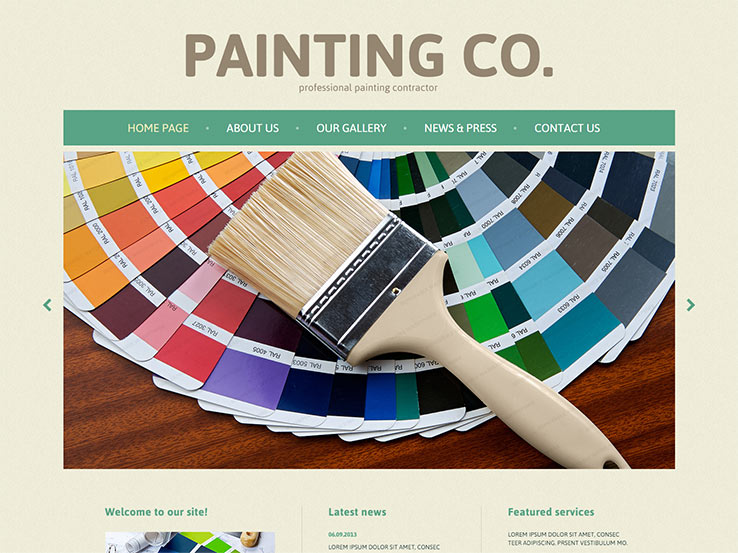Investigate The Duty Of Seasonal Consider The Success Of Business External Paint And Reveal The Best Times To Safeguard Lasting Outcomes For Your Project
Investigate The Duty Of Seasonal Consider The Success Of Business External Paint And Reveal The Best Times To Safeguard Lasting Outcomes For Your Project
Blog Article
Authored By-Burnham Urquhart
When you're planning a commercial outside painting project, seasonal elements can make or break your results. You'll want to consider exactly how temperature and moisture influence paint application and drying out times. Selecting the best period can ensure your paint sticks appropriately and lasts much longer. But which periods are genuinely the best for this kind of job? Allow's discover the key elements that can influence your project's success.
The Impact of Temperature Level on Paint Application
When you're planning a commercial external paint job, the temperature can substantially impact how well the paint adheres and dries.
Preferably, you wish to paint when temperatures range between 50 ° F and 85 ° F. If it's also cold, the paint might not heal properly, bring about concerns like peeling off or cracking.
On the flip side, if it's as well warm, the paint can dry out also quickly, avoiding correct bond and leading to an irregular surface.
You should likewise consider the time of day; morning or late afternoon supplies cooler temperatures, which can be extra beneficial.
Constantly inspect nathanson family painting for the particular paint you're using, as they usually provide support on the ideal temperature range for optimal results.
Humidity and Its Impact on Drying Times
Temperature level isn't the only ecological variable that affects your industrial external painting project; moisture plays a significant duty also. High moisture levels can slow down drying out times significantly, impacting the total quality of your paint work.
When the air is saturated with dampness, the paint takes longer to cure, which can lead to problems like poor attachment and a greater threat of mold development. If you're painting on a particularly humid day, be planned for extensive wait times in between coats.
It's critical to check local weather and strategy as necessary. Preferably, aim for moisture levels in between 40% and 70% for ideal drying out.
Maintaining these factors in mind ensures your job remains on track and supplies a lasting coating.
Best Seasons for Commercial Outside Painting Projects
What's the most effective season for your commercial external painting projects?
Spring and early fall are commonly your best bets. During these seasons, temperatures are moderate, and humidity degrees are usually reduced, producing suitable problems for paint application and drying.
Avoid summer's intense heat, which can cause paint to dry too promptly, resulting in inadequate adhesion and surface. In a similar way, winter months's chilly temperature levels can impede proper drying out and healing, taking the chance of the longevity of your paint work.
Go for days with temperatures between 50 ° F and 85 ° F for optimum results. Keep in mind to check the regional weather report for rainfall, as wet conditions can spoil your project.
Planning around these aspects ensures your painting job runs efficiently and lasts longer.
Verdict
To conclude, planning your commercial external painting jobs around seasonal factors to consider can make a considerable difference in the outcome. By organizing job throughout the excellent temperatures and humidity levels, you'll ensure far better adhesion and drying out times. Bear in mind to keep an eye on neighborhood weather prediction and pick the correct time of year-- spring and early autumn are your best choices. Taking relevant internet site will certainly help you accomplish a long lasting and professional finish that lasts.
